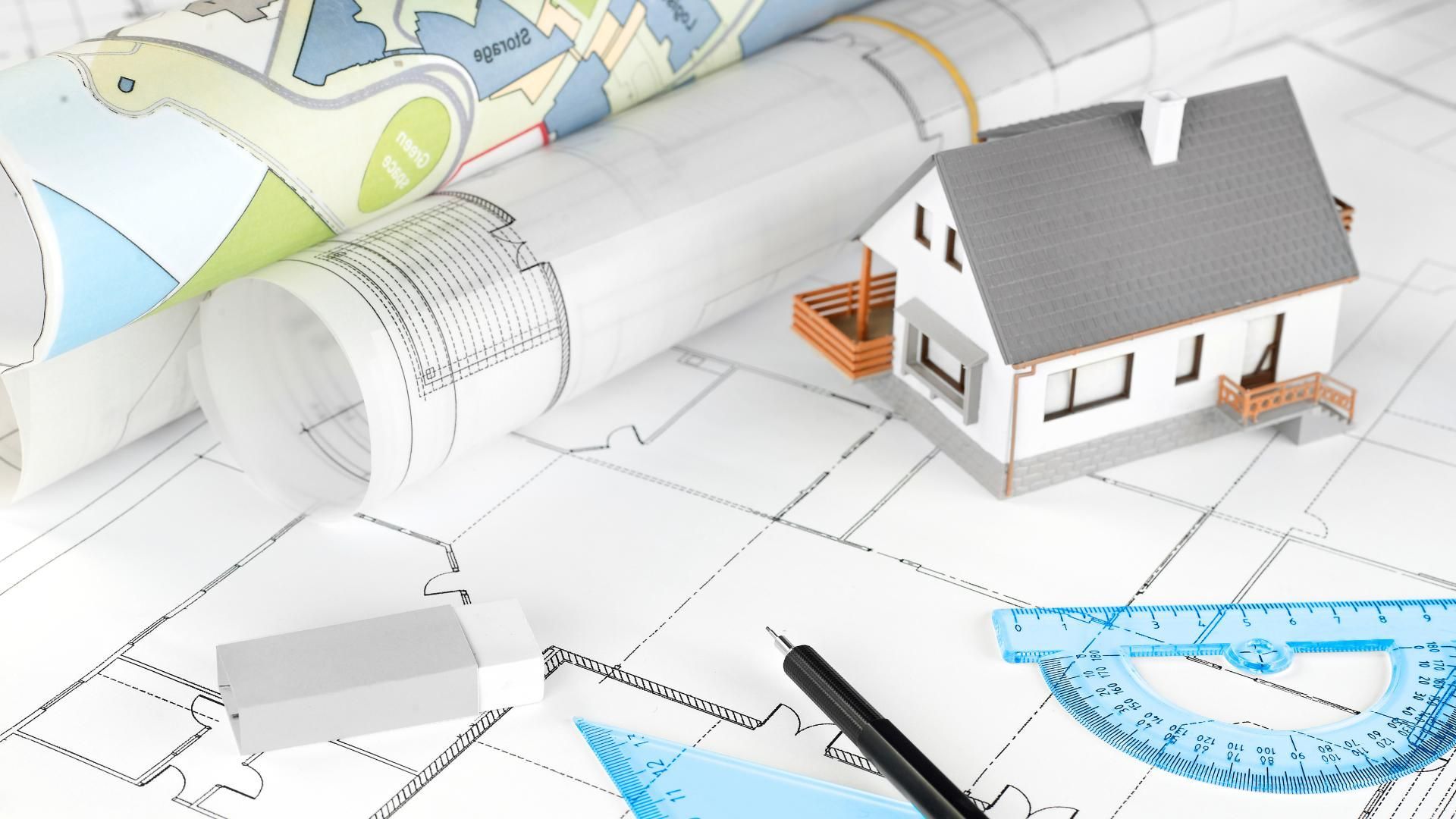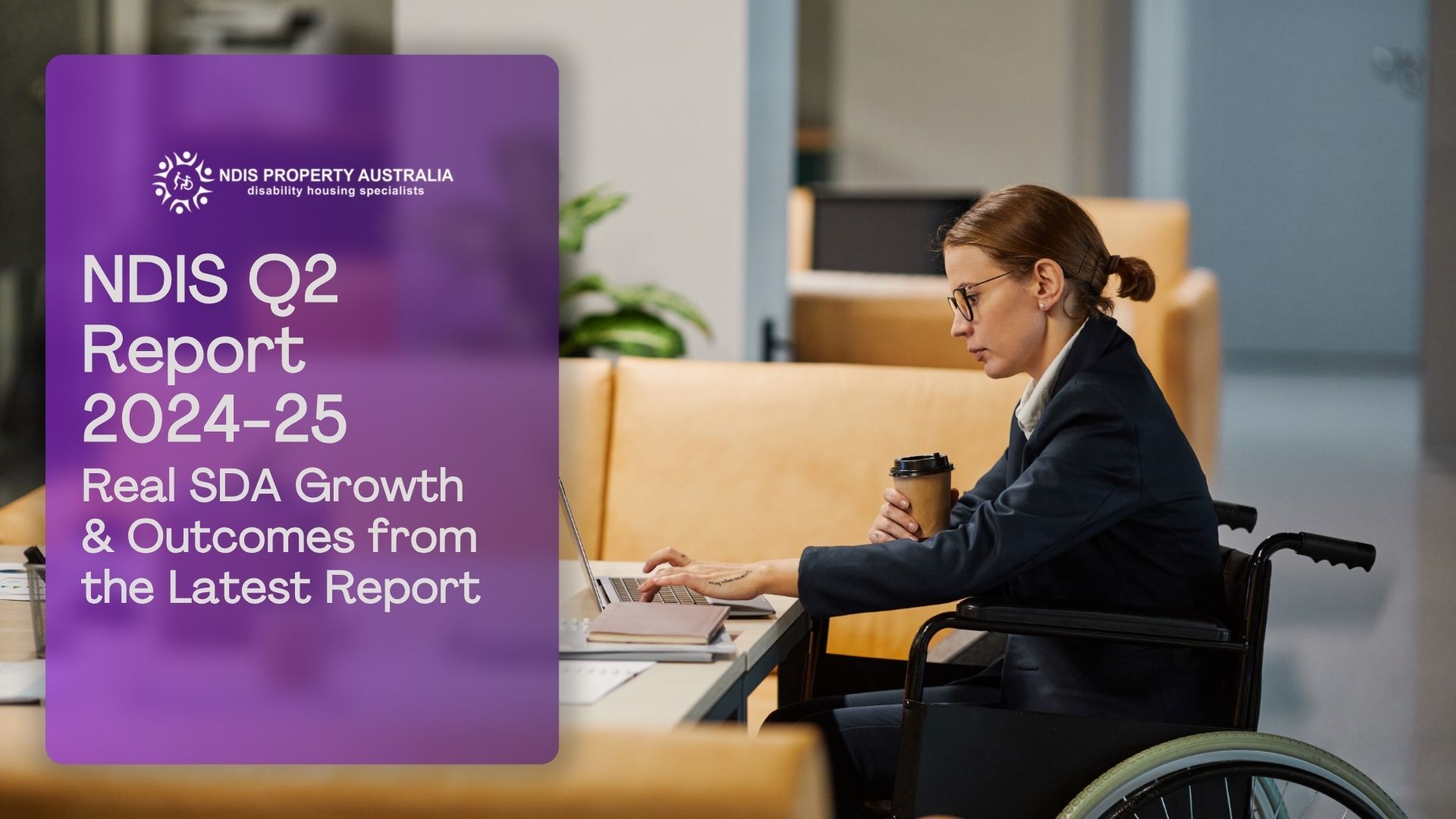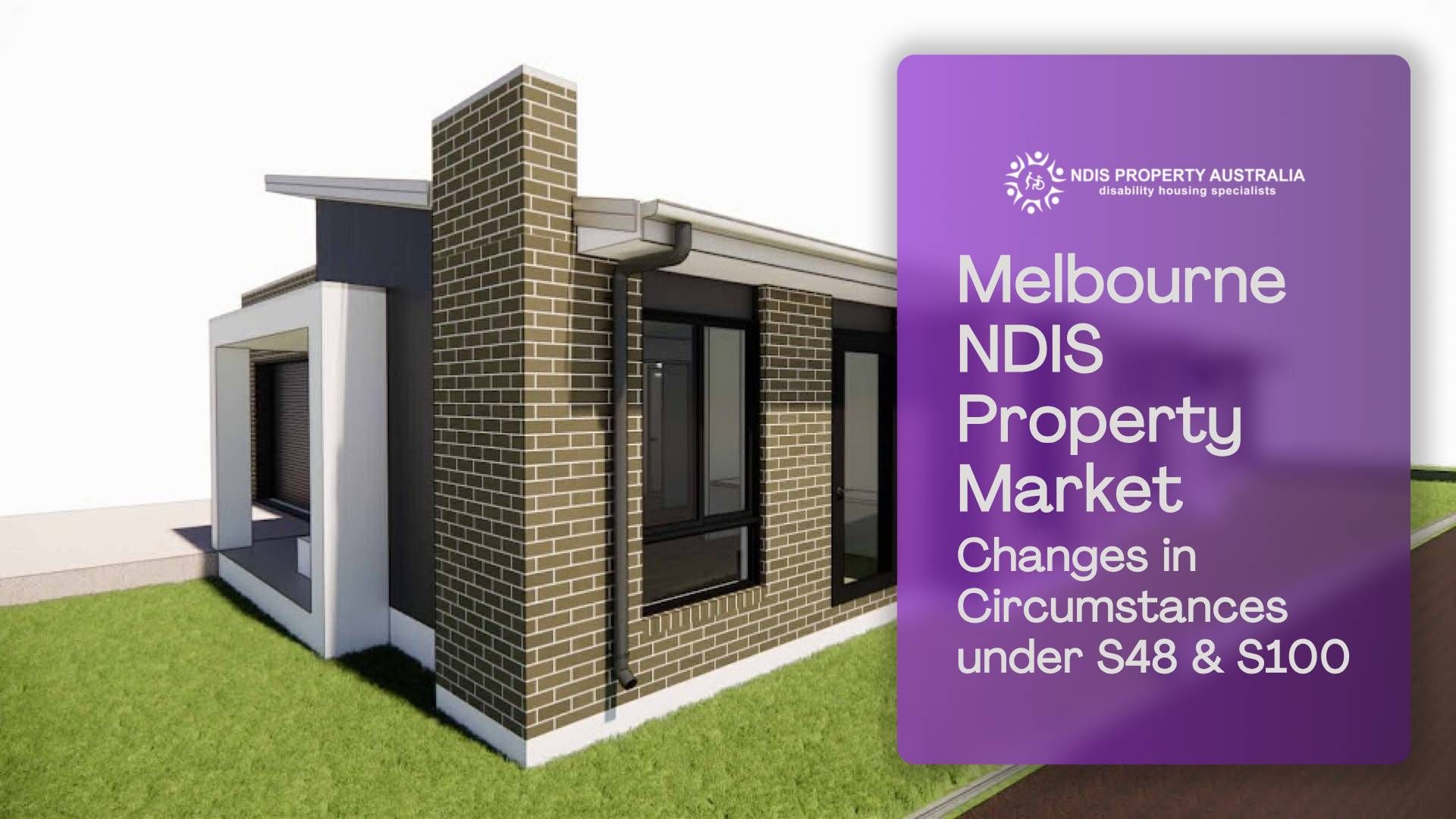How to Buy Your Own SDA Property with NDIS Funds
The National Disability Insurance Scheme (NDIS) provides people with disabilities greater control over their housing and support, offering personalised options that were not previously available. One such option is Specialist Disability Accommodation (SDA), which supports people with complex or high-level physical disabilities to access suitable housing.
The SDA payment is managed by the NDIA on behalf of the participant and is included in the NDIS plans of eligible participants. The value of the payment depends on the individual’s needs and the dwelling they choose to live in. With annual returns averaging 13%-15% and property values appreciating over time, the appeal for investors is clear.
Despite the opportunities, the process to invest in SDA properties using NDIS funds can feel too much without the right guidance. This article breaks down how to get SDA funding NDIS, explore available NDIS housing options packages, and explain how to buy NDIS property with clarity and actionable advice.
Read also:
NDIS Investment Success: Advance Guide for Investor
Why Invest in Your Own SDA Property?
Owning an SDA property offers both immediate and long-term financial benefits. Unlike standard residential properties, SDA housing benefits from a government-backed funding model, ensuring a steady and reliable income stream. With annual returns typically ranging between 13% and 15%, this investment type is highly appealing for those seeking stable cash flow.
Additionally, SDA income is indexed to the Consumer Price Index (CPI), providing investors with protection against inflation and enhancing the long-term viability of their investment. As property values tend to appreciate over time, investors may experience capital growth that not only preserves wealth but also generates returns that outpace inflation.
With entry-level investments starting at $900,000 to $1 million, SDA properties are a premium asset class that combines financial returns with a meaningful social impact.
Considerations for Using SDA Funding to Buy a Home
Before making the decision to use SDA funding for homeownership, it is important to consider the following factors.
- Eligibility for SDA funding: Ensure that you meet the criteria (How to apply for SDA funding?) for receiving SDA funding as an NDIS participant.
- Down Payment or Deposit: Consider if you have the necessary funds saved for a down payment.
- Loan Repayments: The amount of SDA funding in your NDIS plan will vary based on the type of SDA category you are funded for, the type of building, the level of support you require, and other factors. Determine if your SDA funding will be enough to cover loan repayments by speaking with a financial institution.
- Compliance with SDA Design Rules: Ensure that the desired property meets the NDIS' strict regulations for SDA properties. If the property does not meet the
SDA Design Rules, it cannot be funded using SDA.
- Becoming an SDA Provider: Decide if you will become your own SDA provider or engage an external provider to manage the property.
Being your own SDA provider allows for more control over the care and management of the SDA property. Plus, there is a financial benefit of receiving the SDA-provider’s fee payable by the government as a part of your SDA funding in addition to the rent.
On the other hand, using an external SDA provider can free up your time and energy. A good provider has the expertise and experience to communicate with the NDIS, ensuring all the paperwork is completed correctly and on time. They will manage your property and have connections to Supported Independent Living (SIL) providers (or care providers) and other stakeholders, which participants can benefit from. They will also advocate for participants' support needs and handle the management and paperwork for your government SDA payments.
While anyone can become a registered SDA provider for their own SDA property, we encourage you to reach out to potential SDA providers to learn more about their services, the locations they operate in, and what sets them apart in the industry.
Read also: Investing in Disability Housing in Queensland: A Lucrative Opportunity
Steps in Buying an SDA Property
Once you have considered these factors and meet the eligibility criteria, you can begin the process of buying an
SDA property:
- Get SDA funding: Get your SDA funding approved and understand the level of funding you will receive. Specify your desired living arrangement (such as an apartment or a house, sharing or not sharing with other participants) when applying for SDA funding.
- Save a deposit: Participants can save a deposit through their own work or with help from family.
- Find an eligible lender: Look for a lender who provides NDIS loans. Note, that not all banks provide NDIS loans. Check the criteria the lender requires you need to meet to apply for and receive the loan.
- Choose a provider: Decide if you will become your own SDA provider or engage an external provider. Spend time looking for a reputable provider if you choose to engage an external SDA provider.
- Find a suitable property:
Contact a real estate agent specialising in SDA properties to look for an SDA property that meets your needs, including the SDA design standards. Choose to build your home or buy an already-built SDA property.
- Make an offer: Once you have found a property you like, make an offer, or submit an expression of interest.
- Review and sign the contract: Review the contract with your solicitor before signing the contract.
- Follow the construction process of your property and ensure to ask for regular updates from the builder. Or, If you bought an already-built SDA property, organise to move in.
- Engage government SDA payments to start receiving them: The SDA provider will handle the paperwork to engage government payments on your behalf. This is known as the Reasonable Rent Contributions. It's important to note that the rent covers the tenancy, but not the in-home living expenses such as food and groceries.
How to Buy SDA Property with NDIS Funds
- Understand the NDIS Housing Options Package
The NDIS provides eligible participants with funding to access suitable housing. This funding isn’t directly transferable to property purchases but can provide a reliable tenant base for SDA investors. Research the types of housing needed, including apartments, houses, and shared dwellings, to determine your ideal investment. - Secure SDA Certification for Your Property
SDA properties must meet specific design standards to qualify for funding and attract tenants. Certification ensures your property aligns with regulations and is suitable for individuals with high support needs. - Finance Your Purchase
Investors typically need around 37% of the total property cost upfront when using an SMSF to buy property. This includes a 20% deposit and additional costs for interest payments, furnishing, and participant procurement. For a $1 million property, this equates to approximately $370,000 in your SMSF account. - Choose the Right SDA Location
Demand varies significantly between regions. Key markets with undersupply include major cities and well-connected suburbs where NDIS participants prefer to live. Investing in high-demand areas ensures steady tenant occupancy and maximised returns. - Partner with SDA Providers
Reliable Specialist Disability Accommodation providers can help you connect with participants and manage tenancy agreements, reducing risks and simplifying the investment process.
The Current SDA Market and 2027 Outlook
The demand for SDA housing continues to grow, with projections showing significant shortfalls in key regions through 2027. Areas like New South Wales and inner Melbourne remain undersupplied, presenting opportunities for investors. Meanwhile, outer suburban areas with oversupply may see slower returns and higher vacancy rates.
The annual CPI indexing further strengthens SDA investment by aligning rent increases with inflation, ensuring consistent returns despite fluctuating economic conditions. As the sector evolves, government-backed support and growing awareness among investors are expected to drive continued growth in SDA housing.
Key Considerations for SDA Investors Using SMSF
If you’re planning to invest in SDA housing through your self-managed super fund, there are critical factors to consider:
- Upfront Costs: You’ll need a minimum of
$350,000 to $400,000 in your SMSF to cover deposits, prepaid interest, and post-settlement costs.
- Vacancy Buffers: Maintaining a cash buffer is vital to manage vacancies during the initial lease-up period or between tenants.
- Furnishing Costs: A fully equipped SDA property enhances tenant appeal and can cost between $15,000 and $25,000.
Working with financial advisors and SDA experts can streamline this process and ensure compliance with ATO regulations.
Read also:
How to Use Your SMSF in NDIS Housing Investment
Conclusion
In conclusion, buying an SDA property with NDIS funds can be a feasible option for some NDIS participants, but it is important to consider all factors and eligibility criteria before making a decision. The most crucial for you, as a participant is to secure SDA funding and have a deposit for the loan as these are the minimum requirements for buying an SDA property.
If you are considering buying an SDA property for yourself, reach out to us for advice. Our team is dedicated to helping as many participants buy their own property as possible, and we will do our best to provide
resources (Summer Foundation fact sheet) and connections.
Contact us for more information.




